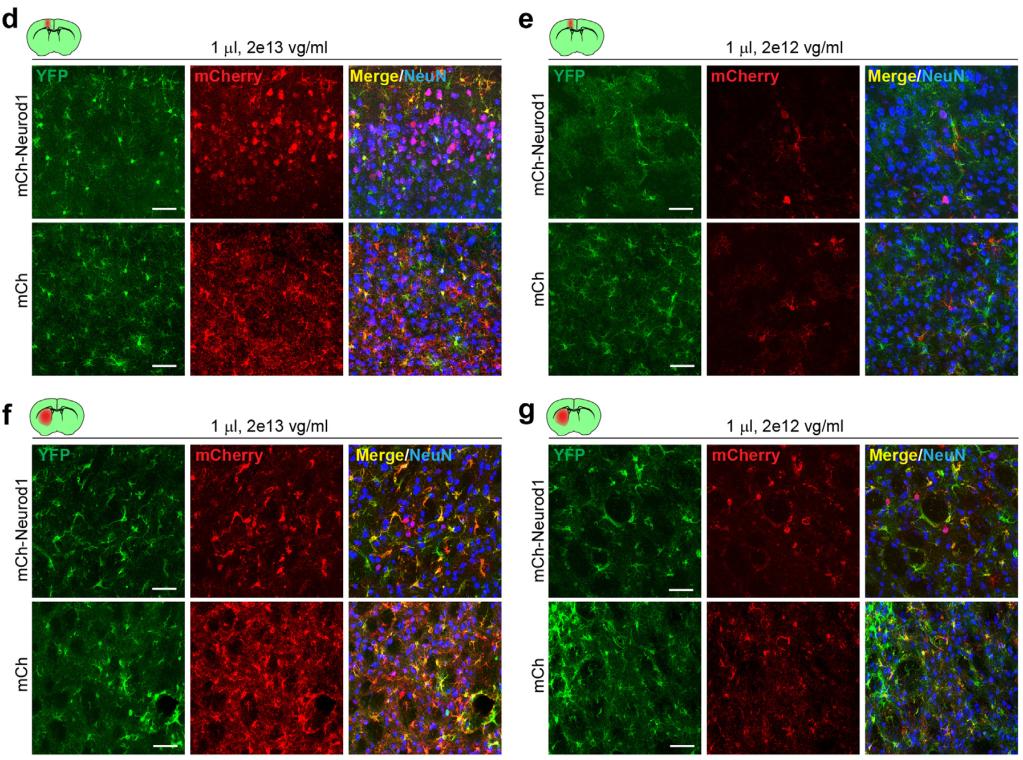• Adenovirus Service • AAV Service • Lentivirus Service • Retrovirus Service




The polymerase chain reaction, or PCR, is a technique widely used in molecular biology to amplify specific regions of DNA. PCR is an essential tool in many applications, including genetic testing, research, and clonal analysis. However, to achieve accurate and reliable PCR amplification, several technical factors must be considered. In this article, we provide some practical tips for optimizing PCR amplification.

Research On Glial Cells

For decades, research groups around the world have devoted enormous efforts to improving the performance of productive CHO cell lines. Attempts at these cell line manipulations are aimed at achieving higher productivity and product yield, and leverage existing knowledge on transcription, translation, cellular metabolism, signaling pathways, and secretion mechanisms. The main strategies for host cell engineering are based on the overexpression of genes favoring cell proliferation, longevity, stress resistance and apoptosis, protein production and secretion. Numerous studies have shown that transient or stable overexpression of key genes involved in cell metabolism, protein biosynthesis, and glycosylation increases growth rate and productivity, respectively, and improves product quality.

When symptoms do occur, they may be mistaken for other illnesses — such as the flu — and usually begin four to 10 days after you are bitten by an infected mosquito. Dengue fever causes a high fever — 104 F (40 C) — and any of the following signs and symptoms:HeadacheMuscle, bone or joint painNauseaVomitingPain behind the eyesSwollen glandsRash

As one of the vital organs of the human body, the importance of the kidney is self-evident. According to data from the National Health and Medical Commission, it is predicted that by 2040, chronic kidney disease will become the fifth leading cause of death in the world. The incidence of chronic kidney disease in my country is as high as 10.8%, and the number of patients exceeds 100 million. Therefore, there is an urgent need to find treatments for damaged kidney function, and some scientists have focused on restoring the kidney's ability to regenerate.

As the most common type of liver cancer, hepatocellular carcinoma (HCC) has become the third leading cause of cancer-related deaths worldwide, and HCC cases are increasing in the United States and worldwide. While chemotherapy, surgery, and liver transplants can help some patients, targeted therapies for HCC could save millions of lives.

T helper 17 cells (Th17) in the immune system are a type of CD4+ T cells that together help make antibodies, activate cells that engulf enemies, and recruit more soldiers to the battlefield. A new study focusing on Th17 cells shows that the shape and function of their mitochondria play an important role in autoimmune and inflammatory diseases such as multiple sclerosis. Understanding how mitochondria affect Th17 cells is important to understanding how to control their key. They identified several pathways that sought to influence the behavior of these cells, with the aim of suppressing their autoimmune activity.

Glioblastoma (GBM) is one of the most common primary malignant brain tumors in adults with a very aggressive clinical presentation. Treatment is also very challenging because its pathological mechanisms are among the most complex in brain tumors. Surgical options for glioblastoma have changed little over the past 30 years, and the 5-year survival rate for patients is only around 5%.

Cancer occurs when mutations in multiple genes make otherwise normal cells cancerous, and these mutations often accumulate over time, creating phenotypic diversity in a patient's tumor. Specific genetic alterations in specific cancer types are associated with prognosis, response or resistance to therapy, especially targeted therapy, and the propensity of tumors to acquire further mutations, among other phenotypes. However, inferring genotype-phenotype links in patients is challenging because any two tumors are too genetically different to isolate the effect of one or a few mutations. The ability to systematically link cancer-associated mutations or combinations thereof to their phenotypes will advance scientists' understanding of cancer pathogenesis and genetically related disease characteristics.

Acute myeloid leukemia (AML) remains difficult to treat because of high genetic heterogeneity not only between different patients but also between subclonal populations of cancer cells within the same patient. Despite advances in knowledge, understanding the metabolic signature of the cells that change in this disease is one of the scientific challenges in designing more effective therapies.